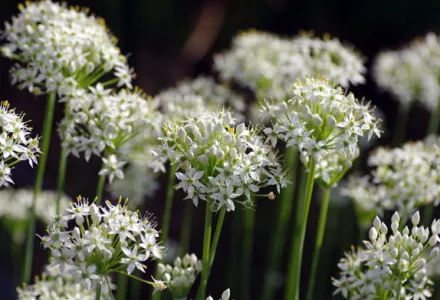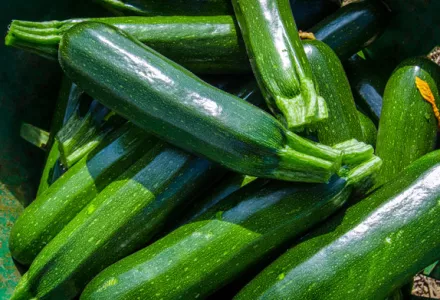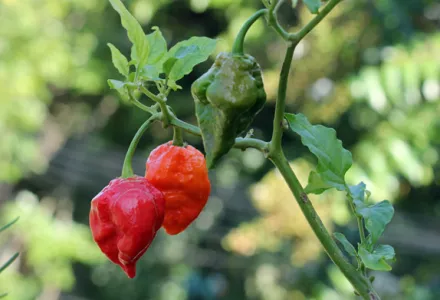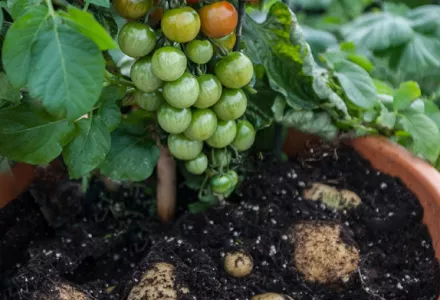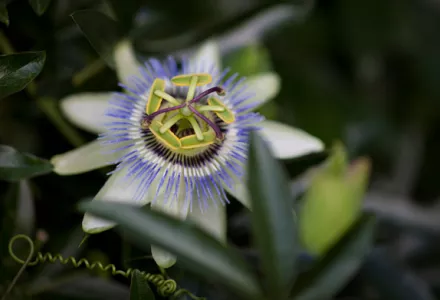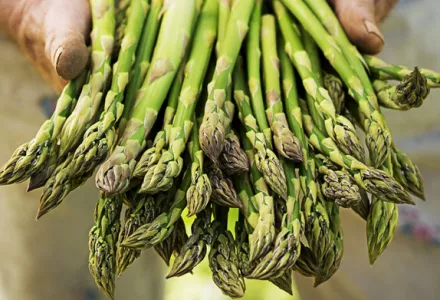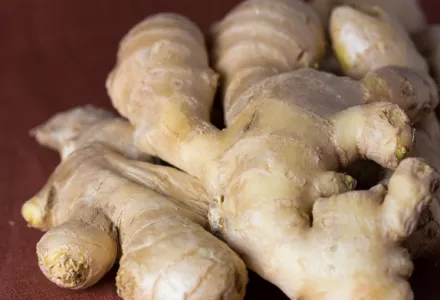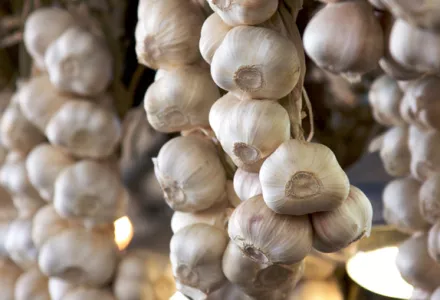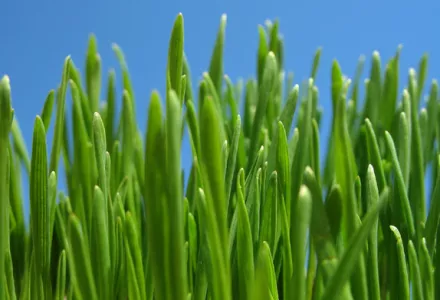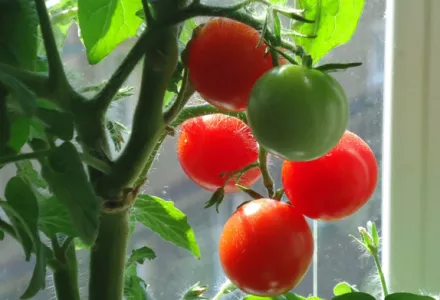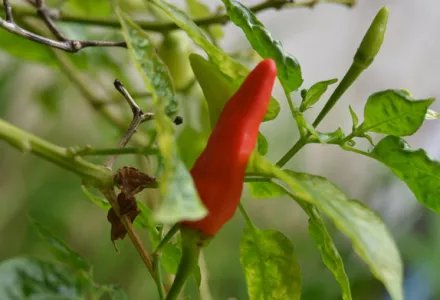As you may be aware, the word ‘banzai’ is a Japanese battle cry meaning ten thousand years. Nowadays, it’s mainly used as an expression of enthusiasm. Bonsai – on the other hand – is about as peaceful and mellow as you could hope for. Not aggressive at all. Quite the opposite in fact! So chill out, pull up a chair and let’s explore the ancient oriental art of bonsai.
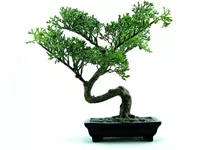
So basically what we are talking about is a miniature tree in a pot. They are deliberately kept small and cultivated to look like a dwarf of a fully grown tree. Sounds easy. But like most things that sound easy, there is a whole world of knowledge behind this horticultural art form.
Let’s take a look at a couple of facts about bonsai shall we? The word bonsai is made up of 2 Japanese characters, bon and sai. The bon is the pot, tray or container. The sai is the tree. The word Bonsai is used for both indoor and outdoor plants. The original word bonsai comes from the Chinese word P’en Tsai, which sounds similar to bonsai and has nearly the same meaning. Although many think that the art of Bonsai originated in Japan, it is actually a Chinese ‘invention’.
We all love souvenirs
The earliest depiction of a bonsai can be found in a mural of the Qianling Mausoleum at the tomb built for Crown Prince Zhanghuai during the Tang Dynasty, dating from 706. In those days, even without modern aeroplanes, people were already traveling the world. And even then, tourists would take home souvenirs. Imperial embassy personnel and Buddhist students from Japan had been returning from the mainland of China with souvenirs, including the odd potted plant, since the 6th century.
Human ideal
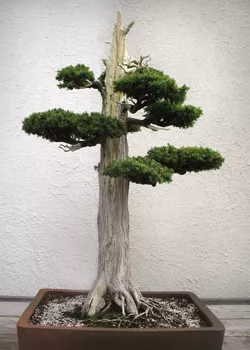
In about the year 970 the first lengthy work of fiction in Japanese was written, entitled The Tale of the Hollow Tree, which includes this passage: “A tree that is left growing in its natural state is a crude thing. It is only when it is kept close to human beings who fashion it with loving care that its shape and style acquire the ability to move one.” The idea that was already established by this time, then, was that natural beauty only becomes true beauty when modified in accordance with a human ideal.
It seems a bit old-fashioned now, but hey, at that time we were still living in straw huts, while our Oriental friends were writing books on cultivating miniature trees and refining this into an art.
But bonsai is not only creating beauty. In fact, to restrict our interpretation in this way could not be further from the true spirit of bonsai. The ultimate challenge for the bonsai grower is to bring out the essence of the tree.
The art of bonsai is telling a story through a living illusion. When you see a great bonsai, you just wish you were ten times smaller so you could lie against the perfect trunk on a sunny summer day.
Messing with stress
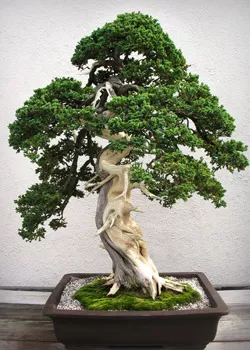
All bonsai growers share the same concern: the ability to alter the growing process and still maintain a healthy plant. The key to this is in controlling the level of stress that a plant will take and still remain healthy.
Of course, ‘stress’ here is not the psychological stress as we know as humans, but refers to the horticultural practice of being able to know how much is too much, and how little is too little. This principle applies to all aspects of bonsai growing including air, water, soil, sunlight, nutrients, temperature, altitude, pruning and so on. The challenge is to stay willing to learn, experiment and accept the results of your efforts.
Have a little patience
Another aspect of the art of bonsai is time. You need lots and lots of it. The growth process takes time, and there are no shortcuts. A growing year is the usual yardstick by which success is measured. There is no substitute for time; it is always constant and always moving forward. I could add a few Oriental proverbs here, but I’ll limit myself to just one: it is said that through the study of bonsai, one will learn more than bonsai.
But once you have mastered the art and your tree is a living miniature of a full-size one. There is a chance that it will outlive you. Bonsai trees dating from the 17th century are still around today. One of the oldest-known living bonsai trees, considered one of the National Treasures of Japan, is a five-needle pine known as Sandai-Shogun- No Matsu. The tree is thought to be at least 500 years old and was first grown as a bonsai by the year 1610 at the latest. The earliest known report by a Westerner of a Japanese dwarf potted tree was made in 1692 by George Meister.
So bonsai is all about trees, trees grown in miniature, miniature trees that look like fully grown real-life trees, but better. It is also about time and space and about life and attitudes. Historically, bonsai was a part of the Japanese culture and an important part of family heritage. Equally, bonsai can simply be a horticultural pass-time requiring no more than a basic level of common garden sense, some artistic ability and plenty of patience. Think you’re up to it?
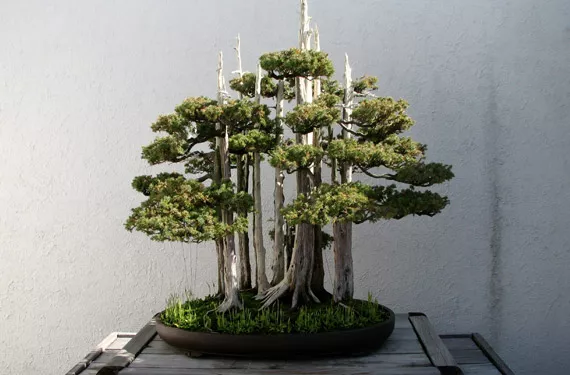
Let's grow a bonsai: Five golden rules
Many books have been written on the art of bonsai. It’s not possible to give you a complete how-to guide here, but we can give you five golden rules. Stick to these and you might one day create your own wonderful dwarf tree.
1. Water conscientiously!
Don’t over-water or under-water your bonsai. The soil should feel moist to the touch at all times; never let it dry out completely, but allow it to start to dry out before watering again. Make sure you see water running out of the bottom of the pot, so the whole root system gets water.
2. Locate wisely!
Place your bonsai tree in the right spot. Just like real estate, location is everything! Make sure you choose the right amount of light, warmth and humidity for your bonsai species. This will vary from species to species, but most bonsai trees need plenty of light!
3. Feed regularly!
Feed your bonsai tree. You will need to replenish the nutrients that gradually get washed out of the soil in the pot due to watering. There are many species of bonsai trees, and so there are also many kinds of fertilizers. You should fertilize when the soil is wet. Many fertilizers are best added during the tree’s growing months, typically spring and summer.
4. Prune assiduously!
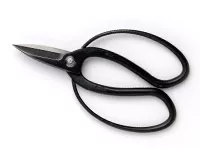
Don’t neglect your pruning. Especially during the summer and spring, you’ll need to trim back extra leaves, sprouts, and other new growth so that the tree doesn’t grow too big. The main purpose of pruning is to remove dead branches as well as roots that have outgrown the pot. Pruning is usually done in the winter when many bonsai species have a dormant period. Be careful when trimming and pruning not to dig into the trunk.
5. Re-pot judiciously!
Know when to re-pot your bonsai. Because bonsai trees are kept in pots, eventually the root system will fill the container, causing the plant to become ‘pot-bound’. You’ll know this is happening if you see long roots circling the root ball or the inside of the pot. During repotting, you’ll be able to prune the root ball. The best time to re-pot a bonsai tree is during its dormant period or during a time of slower growth.
May your bonsai live for ten thousand years!
Banner photo bobosh_t (Ted)

